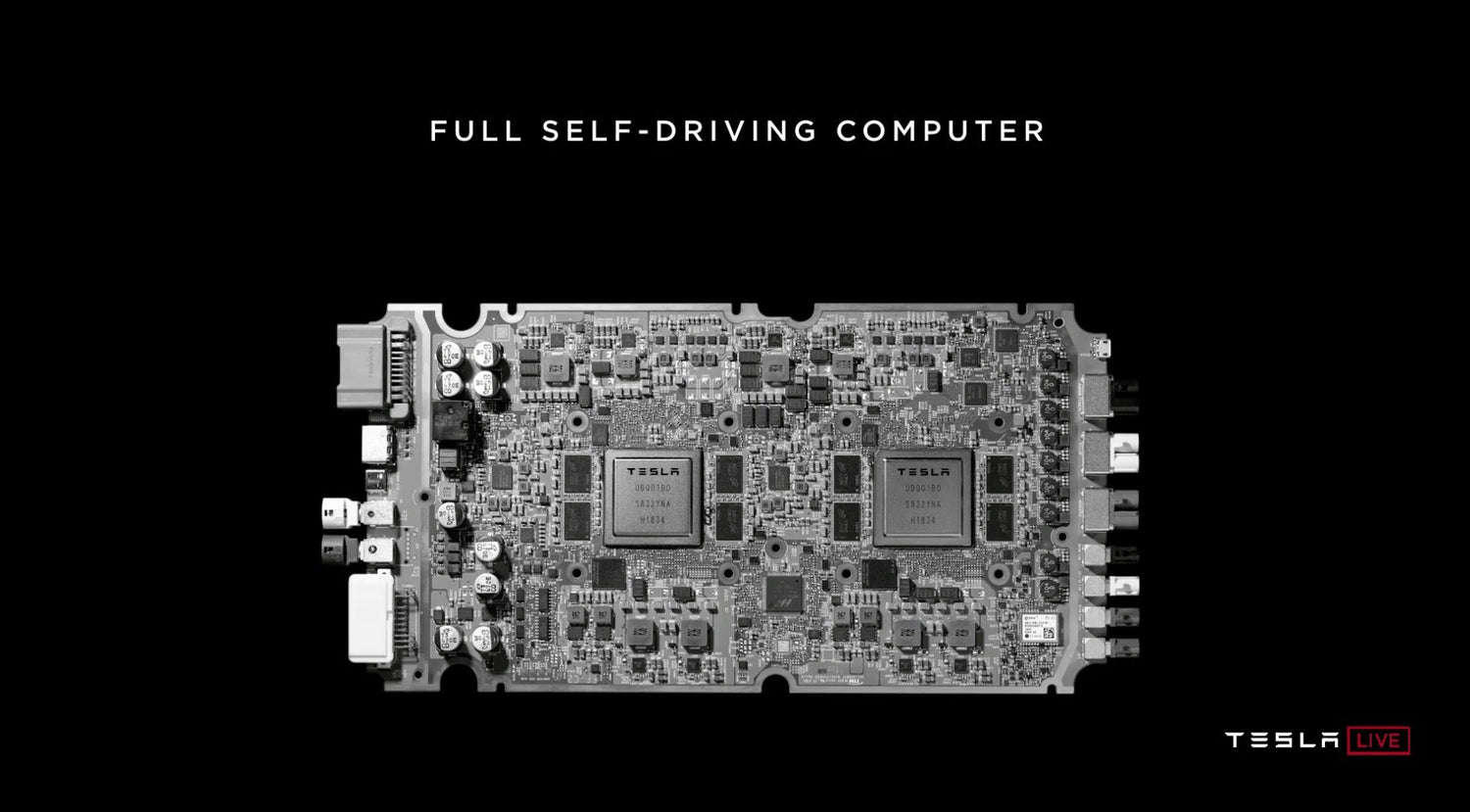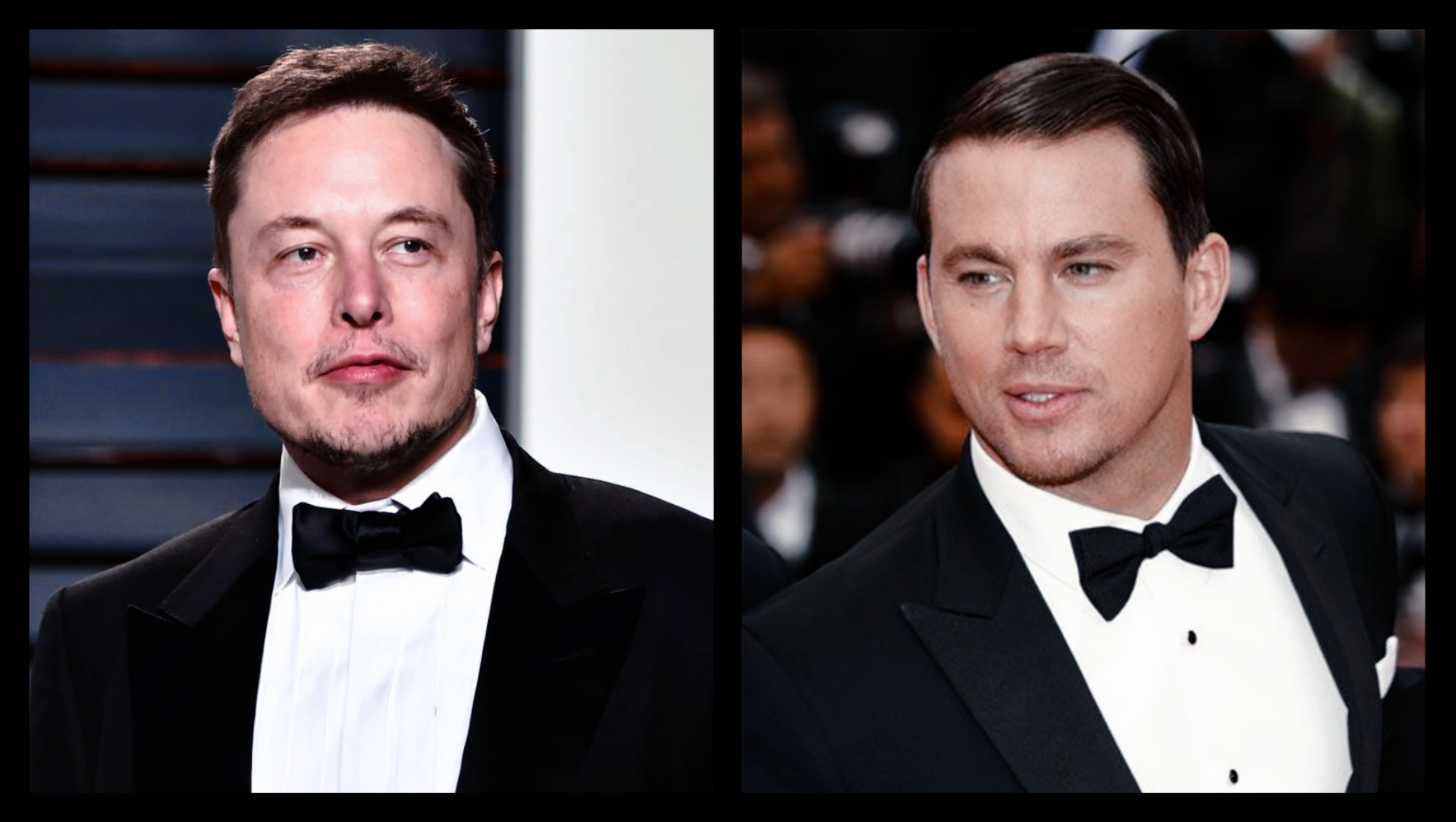Featured image: Tesla
Tesla always sets ambitious goals for itself. To successfully reach these goals, the company requires very specific tools. Oftentimes, these tools do not even exist--yet, at least. This, of course, has never stopped the company. It is this ingenuity and innovative spirit that rapidly transformed the company from a typical automaker to a burgeoning pioneer of industry-shifting technology. Almost everything--from small microcircuits and software to the alloys from which critical parts are made--Tesla envisioned and then created.
When the California-based manufacturer needed a computer to make its vehicles autonomous, the company ran into difficulties. What existed on the market would simply not meet its needs. In May 2019, after the presentation of its own Full Self Driving (FSD) chip, ARK Invest analyst James Wang conducted analysis, breaking down why Tesla created--and likely had to create--its own chip.
At that time--and still today--there were only a few "level 5" autonomy car computers on the market. However, they did not correspond at all to what Tesla wanted to do. So, for example, Nvidia's Pegasus with four chips was large, expensive, and consumed a lot of power. It would take Nvidia too long to develop a suitable chip, which was completely out of line with the timeframe for Tesla's goals. Therefore, the California-based company had no choice but to create its own, one that would be perfect for its own workload.
Accurate analysis. Quite a few
— Elon Musk (@elonmusk) October 12, 2020
ego/intelligence>>1 people in your comment thread haha. Neither MobilEye nor Nvidia, which are certainly good companies, could meet any of our capability, schedule, cost or power requirements.
Nvidia's chips must support a large number of neural network architectures and sensor modalities like LiDAR, while Tesla's SoC needs to support just the sensor suite and neural net on its own vehicles.
Tesla FSD is an automotive-grade computer powered by two custom SoCs (system-on-chips). The SoCs leverage commodity ARM CPUs and GPUs but are augmented by a Tesla-designed neural net accelerator capable of performing 147 trillion operations per second (TOPS)—sufficient for full-autonomous driving.
By creating its own chip, Tesla not only achieved stunning results but also outstripped all competitors by four years. While any other automaker has to wait for a suitable chip to be created--let alone be qualified, tested, and deployed in commercial vehicles (not likely possible before 2023)--Tesla owners will instead be able to enjoy Full Self-Driving in the near future.
© 2020, Eva Fox. All rights reserved.
_____________________________
We appreciate your readership! Please share your thoughts in the comment section below.
Article edited by @SmokeyShorts, you can follow him on Twitter









